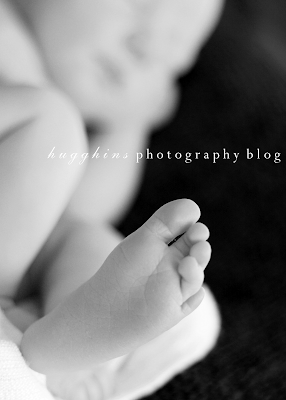If all of your photos seem to have the subject dead center, from a height of about 5 and half feet, here are a few ideas of how to spice up your images simply by changing your angle:
Get in Close
One of my favorite ways to photograph kiddos is up close. Granted they allow you to get all up in their business! It gives your image an intimate feeling. A zoom or long lens works well for this- it allows you to get close, without being right up in the child's face. I love to, gasp!, cut off the tops of heads in my crops. I usually leave the chin as it gives the face it's shape. You can do head on shots, or profiles, but be sure to focus on the eyes.
Capture the Surroundings
If your subject isn't cool with the close-ups, then why not take advantage and shoot the whole environment? You can show how small your child is against a huge oak tree, or the rolling hills behind a bride and groom. It adds a feeling of openess in your photograph and can change the tone of the whole image.
Remember the Rule of Thirds
If there were such a thing as a photography God, his first commandment would be "Never center your subject in the frame." It's a photography sin. Setting your subject off-center is more pleasing to the eye, whether you use the vertical or horizontal. Use the rule of thirds no matter what you are shooting. Period. Here are some examples:
here I used the right and top third
see how he's almost centered on the vertical, but on the right horizontal third
You can center your subject on one plane while maintaining the rule of thirds on the other.
It may sound like this is a tip only for shooting small children, but it works equally well for couples, pets, and families. When you get on a lower level, you get personal, a viewpoint that's not normally seen. For adults, this works well when they are not looking at the camera. It gives a feeling of being a fly on the wall. For kids, it simply means getting down on their level, the way they see the world. It also helps them feel more comfortable being photographed when there isn't a camera looming overhead.
Shoot Down
I love to shoot down on my subjects. It's a great way to focus on the eyes and let everything else fade into the backround. It's a very powerful angle and can leave small kids overwhelmed, but if you can, try it. It works even better on adults as shooting from this angle is flattering to everyone. It hides any double chins and when paired with a slight turn of the head, lengthens the neck and slims the jaw. This is your secret weapon when ladies say, "Make me look thin!".
Off with Their Heads
As harsh as it may sound, I love to shoot photos that contain no faces- smiling or otherwise. Get up close on tiny fingers and toes, shoot a couple hand in hand at the waist. It's a totally different way of seeing your scene. Shooting details forces the viewer to see what you feel is important in the photograph.
Action!
Some of my favorite photographs are those that tell a story. Nobody is looking at the camera, or even paying a bit of attention to your attempts to get them to do so- so take advantage! Capture the scene exactly how you see it- are the kids playing quietly together? Is your husband enjoying the taste of little baby toes? Forget posing and shoot exactly what your subject gives you. This style is known as "photojournalistic" and is quickly gaining popularity. Trust me- it'll be frame-worthy!
While you are the creative director of your images, there are a few things that never look good:
-Cropping out limbs. As a good rule of thumb, you never want to crop at bends (knees, elbows, waists) If you must- crop just above or below these bends.
-Not knowing the focus of your image. When you make too many things important, you risk overwhelming the viewer.
-Not paying attention to your backround. Maybe you want to try shooting down, but your subject is sitting on a scuffed pink laminate floor. If the backround is busy, have the subject take a few steps forward and either zoom with a long lens, or use a wide aperture.
-Shooting up, especially on adults. This angle is very hard to master and should only be done if you have practiced and know exactly what you are doing.
I hope these help to give you an idea of what runs through my head when I am composing images, even brainstorming sessions. They are easy enough for even the most inexperienced clicker, and with a bit of practice, become like second-nature.
Now go- start snappin'!






















No comments:
Post a Comment